Everyday Runners or Elite Athletes, Same Difference
As a Brooks sponsored athlete, I have the privilege of spending a lot of time with elite athletes, and beyond their pure athleticism and super-human training regimens, the thing that strikes me most about them is how closely they resemble the ‘everyday runner’, the weekend warrior. Whether you’re an elite runner heading to the Rio Games or a novice runner training for your first 10k race, you face many of the same struggles along the way—trying to find that perfect balance among your family life, work commitments, and race training.
By: Jean-Paul Bedard
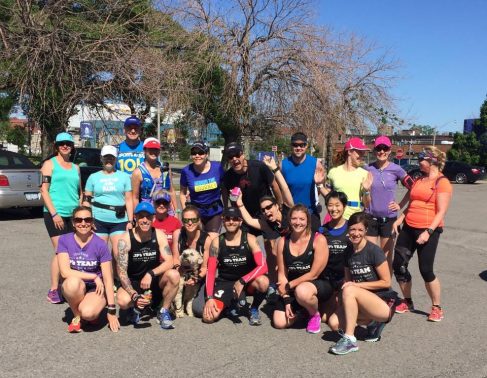
At times, it can feel like an overwhelming task summoning the motivation to get out the door and get it done day in and day out. But here’s the incredible thing—it doesn’t take long before you realize that as running begins to occupy space in your life, it quickly becomes a nurturing reservoir. The more time you devote to nurturing your running practice, the more strength, discovery, and joy it brings to your life.
One of the greatest gifts of being a high-profile athlete is that I have had the opportunity of meeting some truly inspiring everyday runners, and it’s these connections that remind me of the inherent beauty of running and its ability to build community. It was through the encouragement and hard work of local Toronto runners Melly Ciffolillo and Cathy Vandergeest that I decided to launch “JP’s Team” earlier this year. Since that time, it has grown into a thriving run community of over 200 people dedicated to supporting one another while raising money and awareness for at risk children.
Over the past 18 months, I’ve been working on my latest book, entitled Running Into Yourself. During the research for the book, I interviewed well over 150 runners from around the world, and read almost 1,000 stories submitted by ‘everyday’ runners, Olympic and World champions, and running icons. I’m excited to announce that my book will be released later next month, so I thought I would share an excerpt with you. The excerpt I’ve chosen comes from an interview with the American elite runners Ryan and Sarah Hall. I’ve chosen this to illustrate that the chasm that separates the ‘everyday runner’ from the ‘elite runner’ is much closer than you may think.

The following is an excerpt from Running Into Yourself by Jean-Paul Bedard. The book will be launched in New York later next month, and is available for order on Amazon and Indigo. If you’d like a personalized signed copy of the book, please contact Jean-Paul at runjprun@gmail.com.
Having faith in a power greater than yourself
Sara’s Story
*Author’s note: Sara Hall is a professional American middle distance runner. In 2011, Sara won the 3000-meter steeplechase in 10:03 at the Pan American Games in Guadalajara, Mexico while representing the United States. Sara is married to the elite US marathoner, Ryan Hall, so I was overjoyed that they both found time in their busy schedules to share a little bit about how they nurture their relationship as a couple while balancing the emotional and physical demands of elite training, media commitments, not to mention the highs and lows of competing on the world stage.
It has actually been a huge blessing to be full-time athletes in that we are able to spend almost all day together every day, and that has really allowed us to form a solid foundation in our first years of marriage. We have gotten to travel the world together and experience a lot of incredible things early on in our marriage.
We have also had to really step up our support of each other since leaving a team and going out on our own 5 years ago. Our running is now a journey we are on together – one in which we feel very much we are approaching as a “team”. Of course, we feel the burden when the other person is struggling with injuries or fatigue, but I think knowing exactly what the other person is going through allows us to sympathize and also support in the best way possible.
Building resiliency is the number one character trait I will take away from this career and bring into whatever I tackle next in life. I have been through a lot of huge disappointments and failures, and through the process, I have learned that my identity can’t be in my performances. Really experiencing God’s love for me, and learning how he created me, has allowed my identity to be unshakable by bad races. I now go into competitions fearless and able to take big risks because my whole identity isn’t at stake. And when a big race doesn’t go as planned, I’m still bummed, but I can pick myself up and hope and dream again with God because with Him, there is always hope.
Faith to Rise Again
Ryan’s story
*Author’s note: Ryan Hall is a professional American long distance runner. In 2008, he won the marathon at the United States Olympic Trials, and went on to place tenth in the Olympic marathon in Beijing. He currently holds the U.S. record in the half marathon. At the 2011 Boston Marathon, Ryan Hall ran a time of 2:04:58, which is the fastest marathon ever run by an American. Unfortunately, despite Hall’s incredible achievement, Boston’s point-to-point, net-elevation-loss course makes it ineligible for record purposes. In 2009, Ryan and his wife Sara formed the “Hall Steps Foundation” a community activist organization that engages the running community to use the same energy and resources that fuel their athletic achievements for social justice efforts.
My favorite Bible verse says, “Though a righteous man falls seven times, he rises again.” Running requires resilience because the journey of any runner is full of incredible disappointments, heartbreak, and setbacks, but it’s in the struggle that we grow. I’m learning to look at my shortcomings as amazing opportunities for me to grow and get stronger.
My advice to someone hoping to build a strong and supportive running community is to surround yourself with people you want to be like. We moved to Redding, California so that we would be surrounded by people we want to be like. I chose to go to Stanford University largely because of the quality of people there. So, surround yourself with greatness and also with people who are going after the same things you are going after.




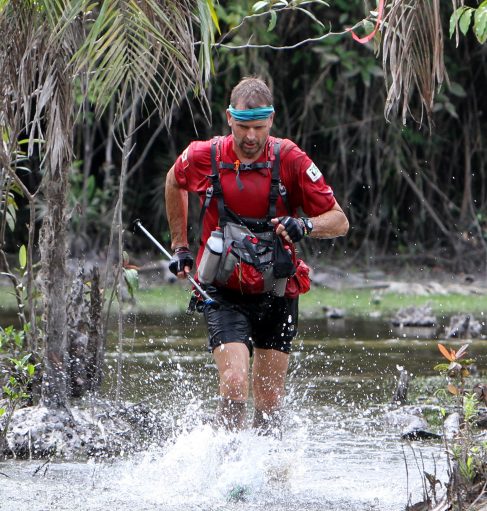

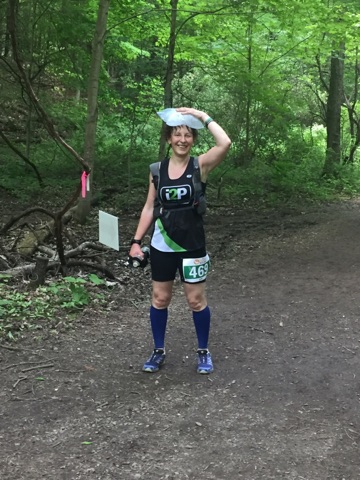
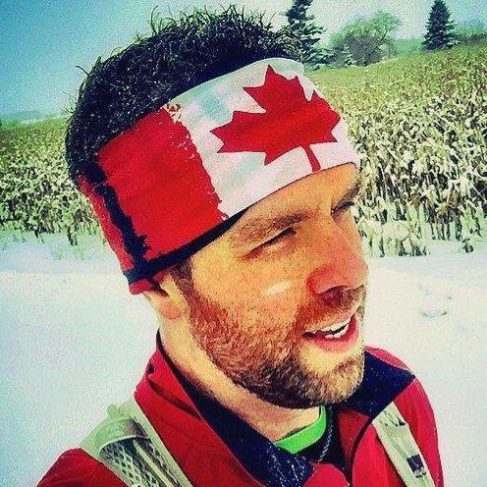


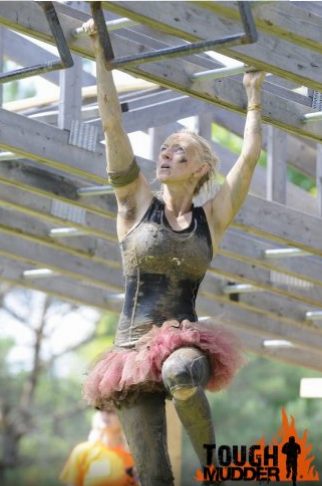
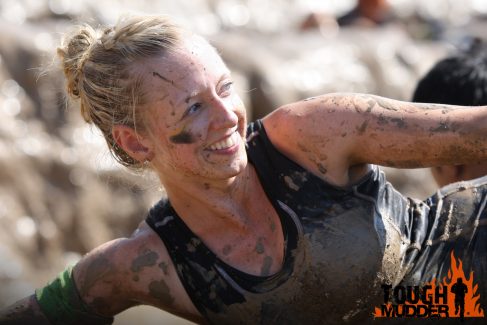


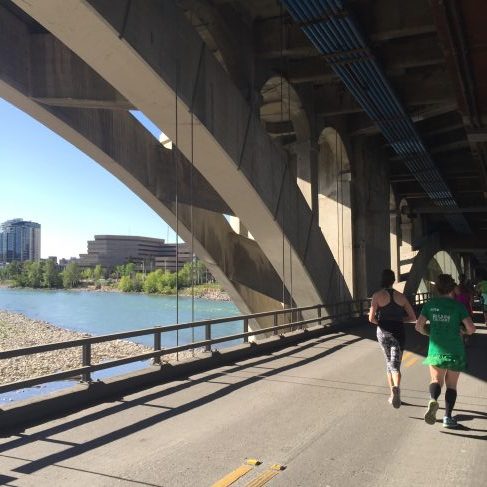
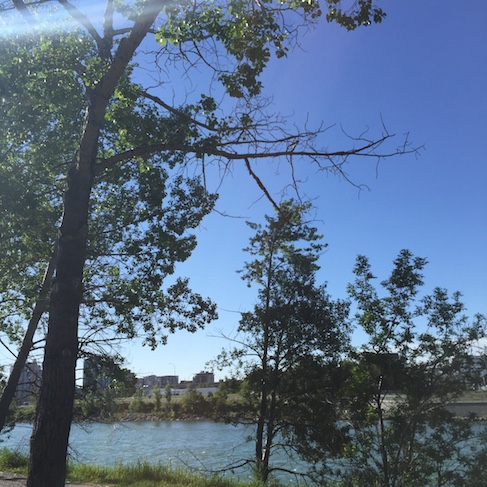




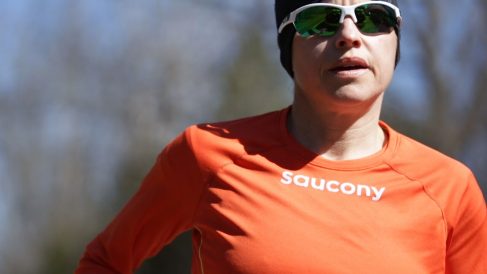




 Our Magazine
Our Magazine
